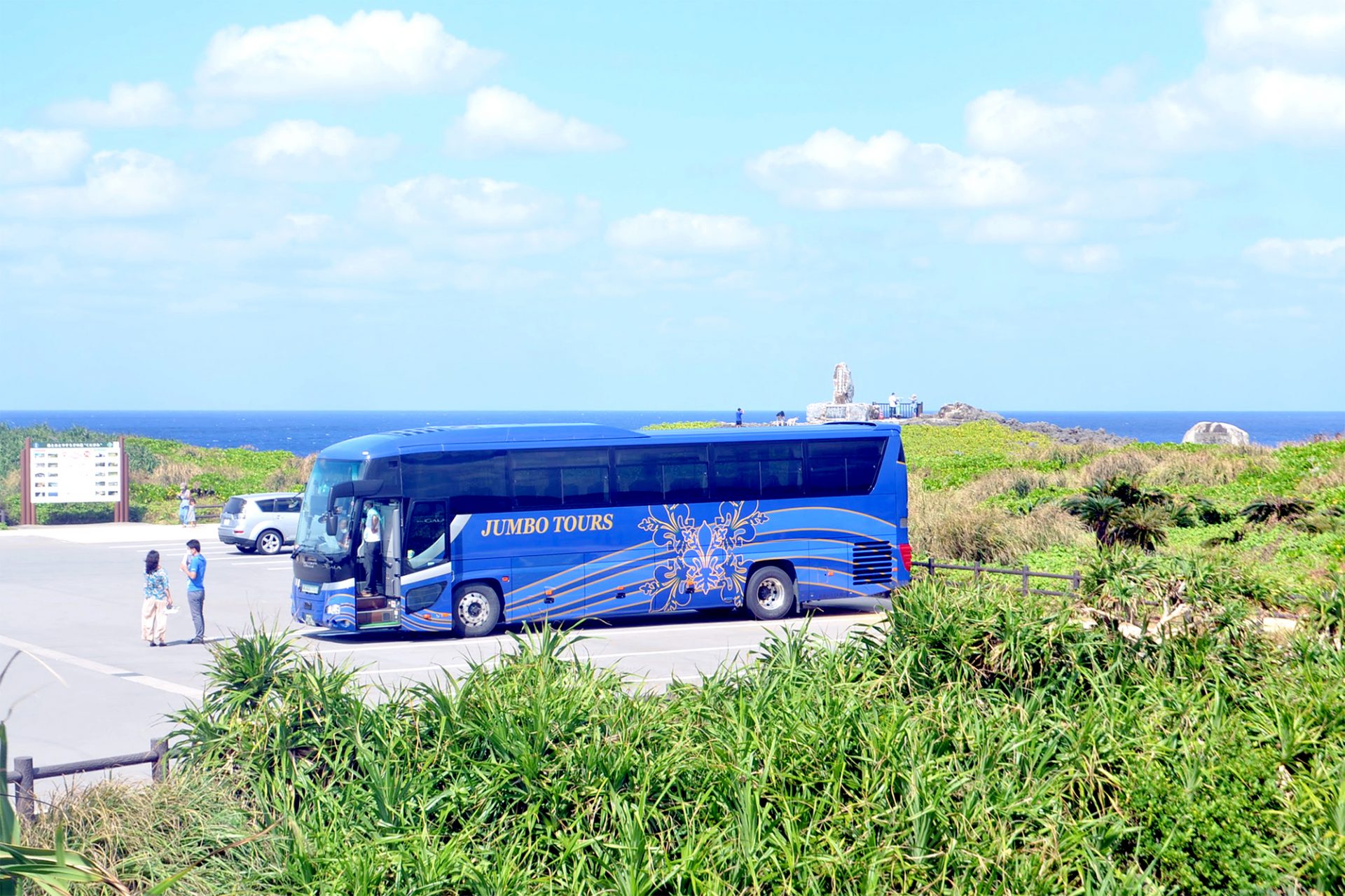The northern part of Okinawa Island is known as the “Yambaru” area locally and is famous for its preserved nature. There are 3 villages in this area – Higashi Village, Ogimi Village, and Kunigami Village.
The long history of repeated divisions in the earth’s crust in the Ryukyu Islands, and with nature and an ecosystem peculiar to the area, there are endemic species and rare species of plants and animals that can’t be found anywhere else in the world. The area designated as the Yambaru National Park is considered an important area for preserving biodiversity and is a candidate to become a World Natural Heritage site.
Furthermore, the people who live surrounded by the abundant nature of the area have created a unique history and culture.
We participated in a 1-day bus tour to experience the world-class nature of the Yambaru forests and get a taste of a different side of Okinawa!
Let’s go to Yanbaru! Northern Okinawa National Park Enjoyment Course – Visit the forest of the Okinawa Rail (Yanbaru Kuina), Mangrove forest, Daisekirinzan!
https://hiphopbus.jumbotours.co.jp/english/course/c-course/
Table of Contents
- Read this before the tour! Recommended clothing & things to bring
- Depart from the heart of Naha City – Kenmin Hiroba!
- Learn about the mangroves at Higashi Village – Mangrove Park (Fureai Hirugi Park)
- Learn about nature in the dome-shaped theater and enjoy the beautiful view from the observatory area at Michi-no-Eki Ogimi Yambaru Forest Visitor Center Dome Theater
- Lunch made with fresh fish from Kunigami Village at Kunigami Minato Shokudo!
- Secret photo spot!
- Explore Cape Hedo – the northernmost point of Okinawa Island
- Feel invigorated after hiking at the power spot – Daisekirinzan!
- See a cute rare bird – the Okinawa Rail – at the Okinawa Rail Ecology Center
- Shop for souvenirs at Yui Yui Kunigami
- 3 recommendations for the Yambaru 3 Village Bus Tour
Read this before the tour! Recommended clothing & things to bring
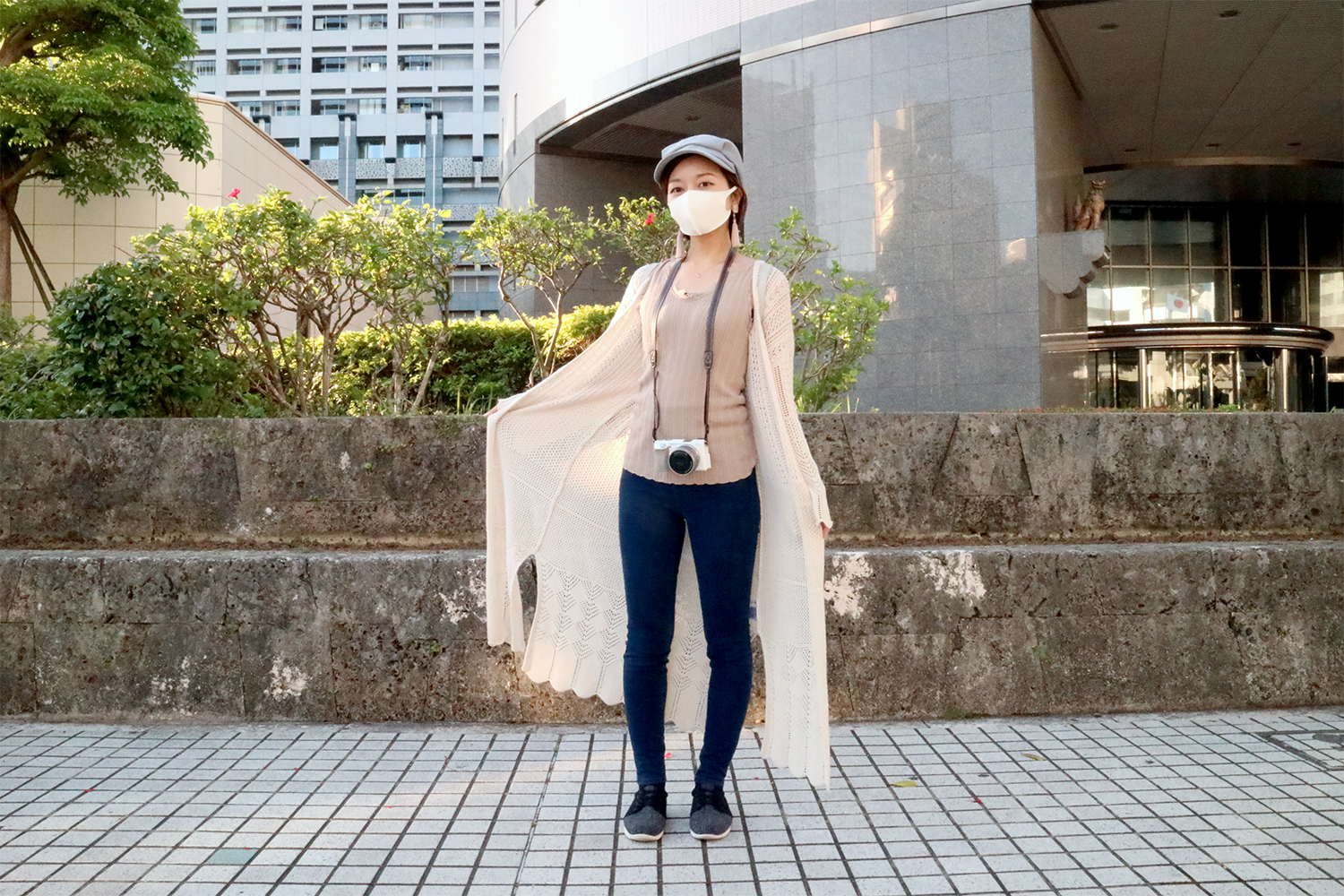
We recommend wearing comfortable clothing as this course includes walking along trails and hiking through the mountains. Please wear comfortable, slip-resistant footwear, such as sneakers. Do not wear footwear with heels. Also, as a COVID-19 prevention measure, please be sure to wear a face mask.
Other things to bring:
・Sunscreen & bug repellent
Even in autumn and winter, the UV rays in Okinawa are strong on sunny days and can lead to sunburn.
Furthermore, as you will be walking around areas with abundant nature, it is advisable to bring along bug repellent.
・Outerwear
To help protect against sunburn and keep you warm in the bus.
・Camera
During the tour you will see scenery that can’t be seen in urban areas and go to photo spots that showcase the tranquility of Okinawa’s natural environment, so don’t forget your camera if you like photography.
Depart from the heart of Naha City – Kenmin Hiroba!

Participants can choose from 3 departure points in Naha City. This time our staff chose to board the bus from Kenmin Hiroba, located at the end of Kokusai-dori Street in the heart of Naha City.
As this boarding point is located right near Kencho-Mae Station and Kencho-Kitaguchi Bus Stop, it is easily accessible.
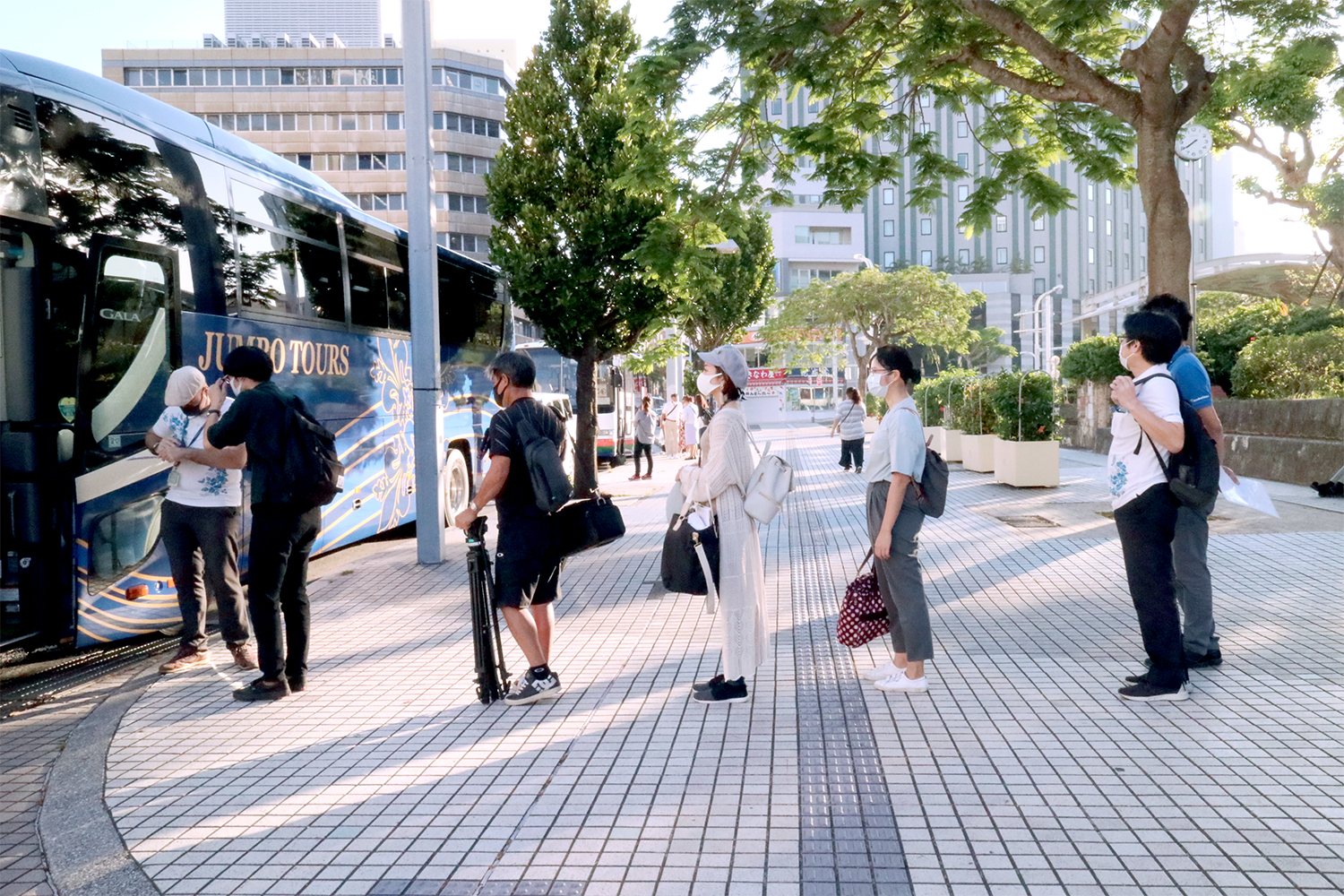
Before you board the bus the tour conductor will check your temperature and ask for your name. At the entrance of the bus there is hand disinfectant so please disinfect your hands prior to boarding the bus.
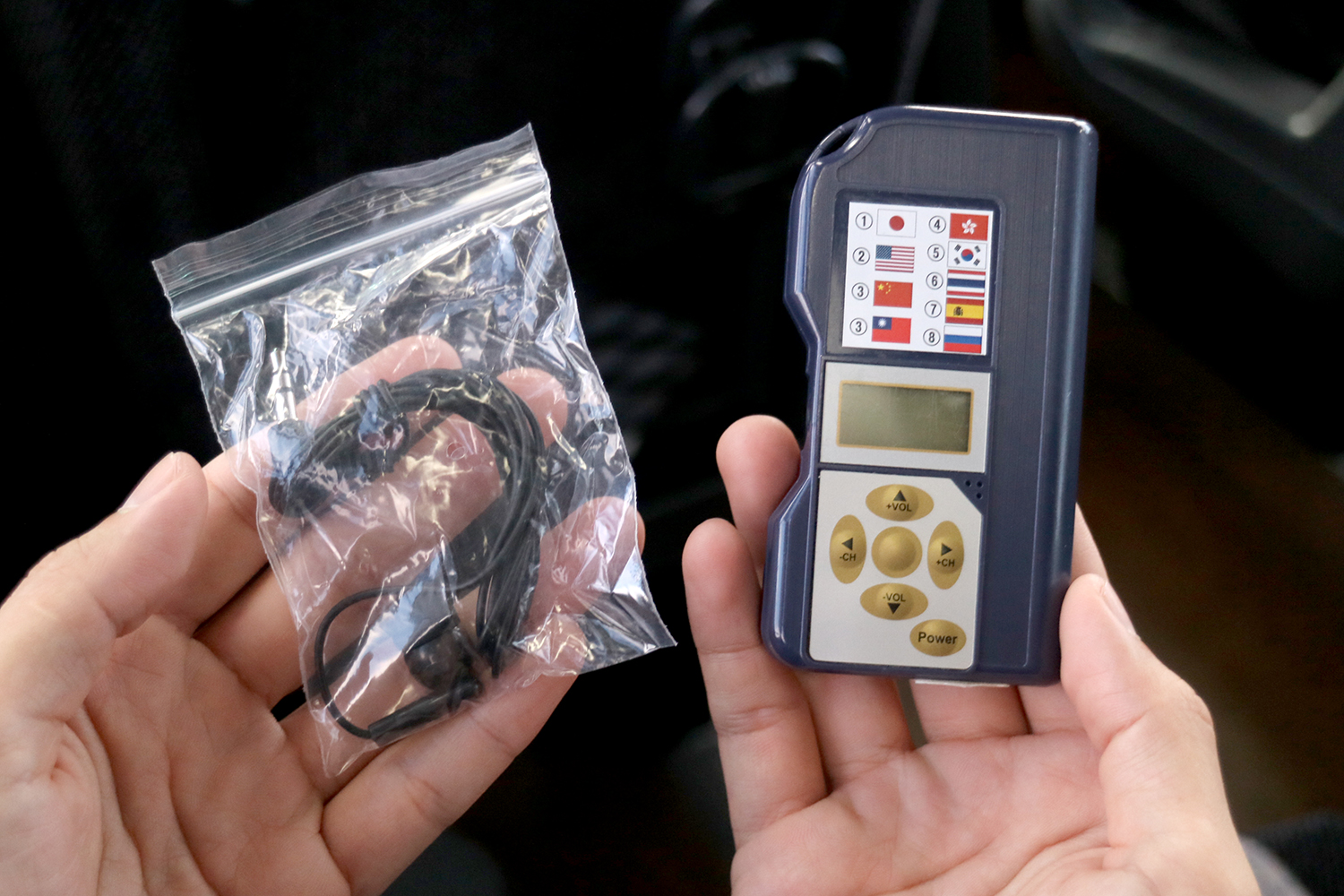
You will be given an audio guide receiver and earphones while on the bus.
Through the audio guide you can learn about Okinawa and the attractions included in the tour in multiple languages while on the bus. Although on most tours the audio guides are limited to use on the bus only, on this particular tour, they will be used outside of the bus and only at the first stop at Higashi Village Mangrove Park (Fureai Hirugi Park).
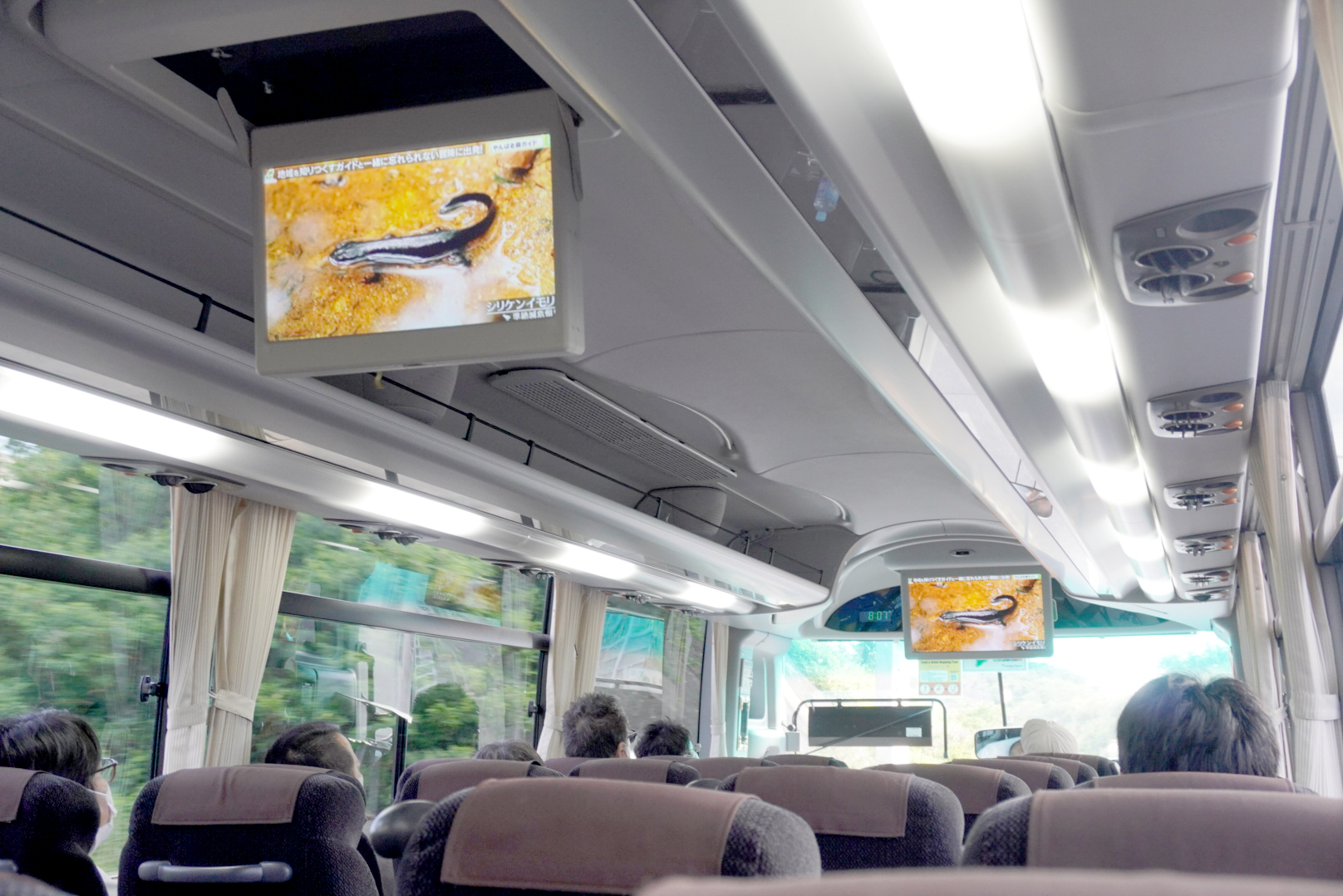
First the bus will head for the northernmost interchange on the Okinawa Expressway, the Kyoda Interchange.
On the way there enjoy watching videos about the Yambaru area and listening to popular Okinawan songs.
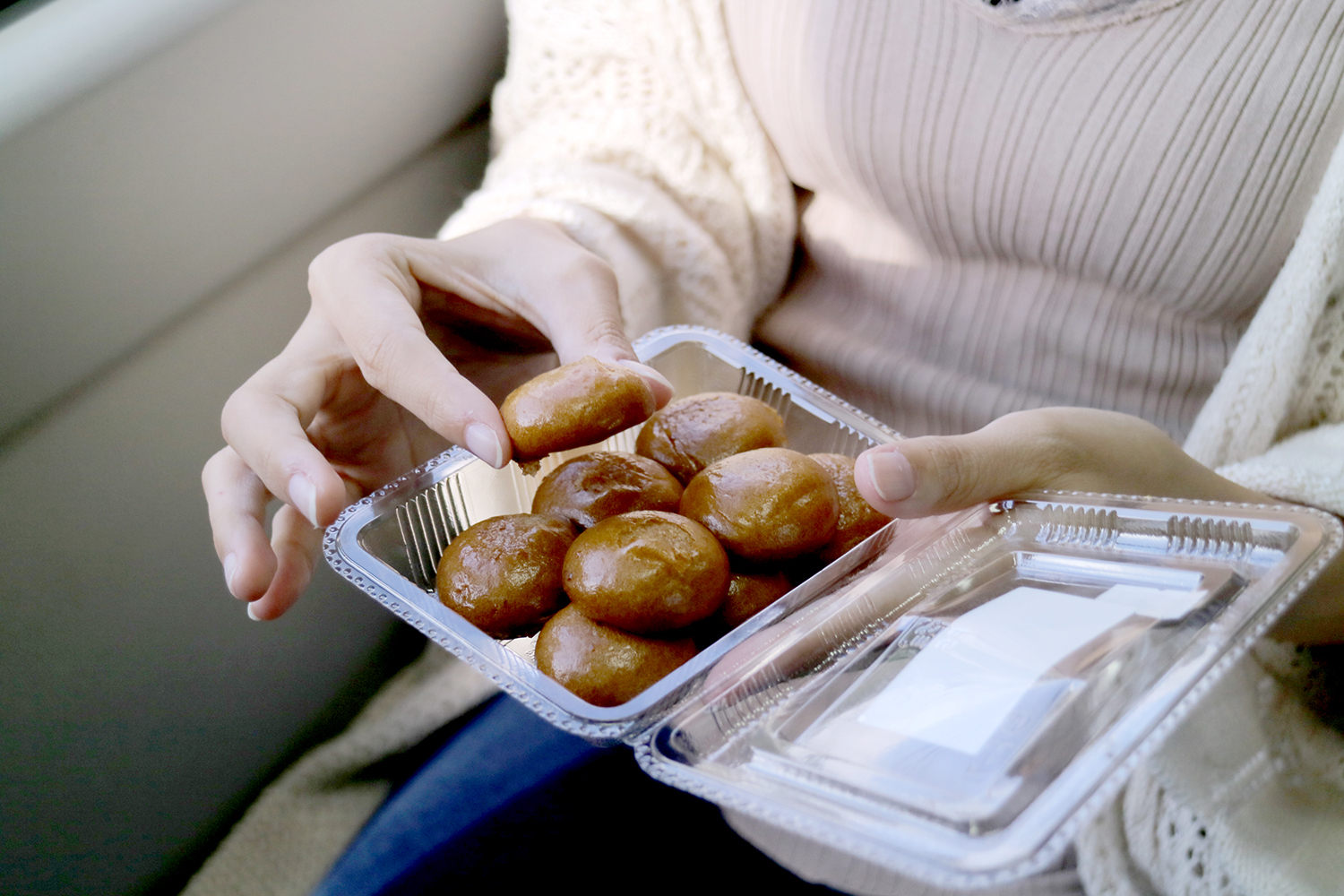
After getting off at the Kyoda Interchange, the bus will make a stop at Michi-no-Eki Kyoda (roadside station) for a 10 minute break and you will be given a snack once you get back on the bus.
Ebisu Manju (steamed cakes), also known as “10 Yen Manju” due to their appearance, are a popular specialty of Michi-no-Eki Kyoda. They are the perfect size for snacking, have a soft, chewy brown sugar flavored dough filled with a slightly sweet red bean paste.
After departing from Kyoda, the bus will continue on to Okinawa’s northern area. Enjoy the changing scenery along the road through the bus window as you partake in the sweets.
Learn about the mangroves at Higashi Village – Mangrove Park (Fureai Hirugi Park)
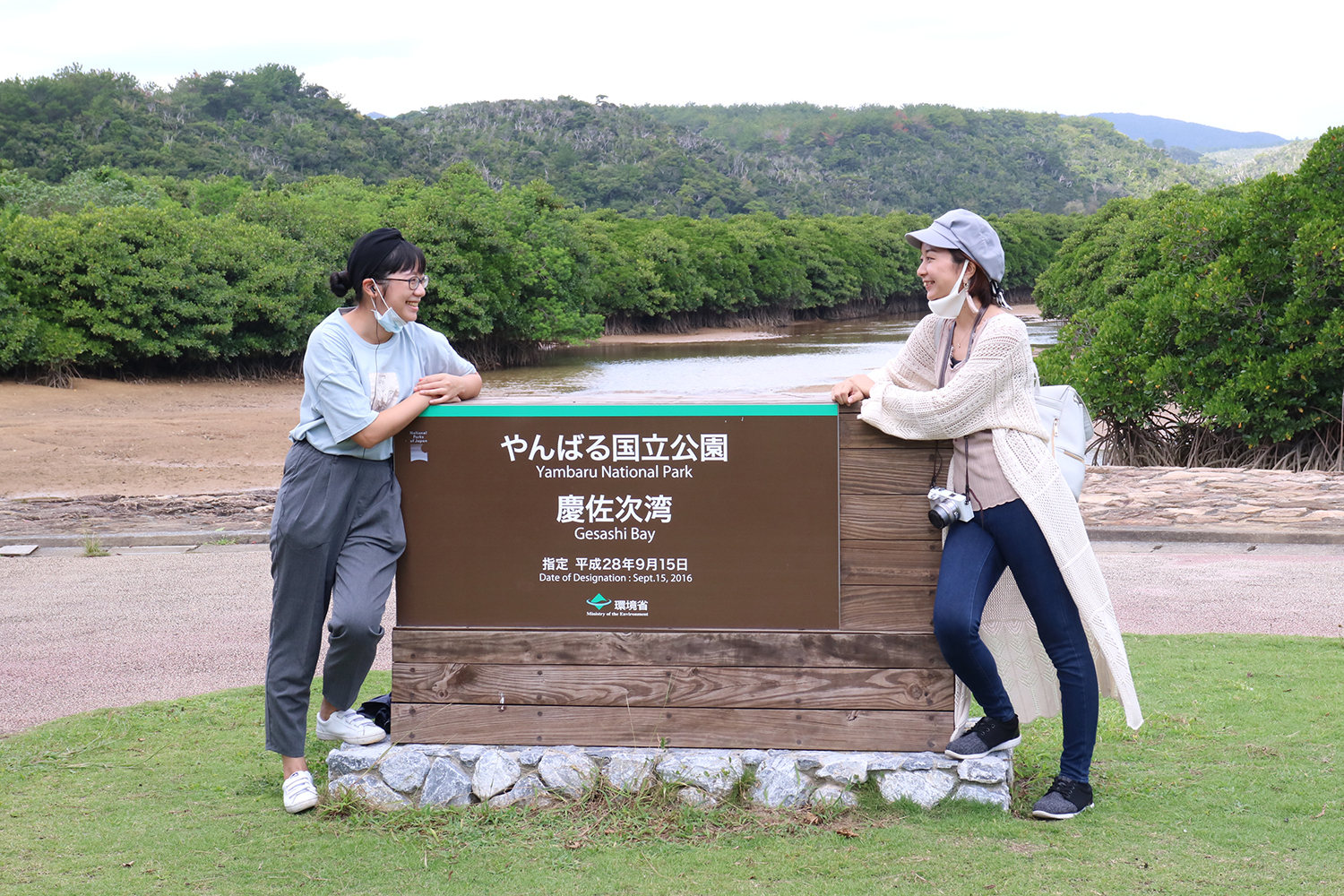
The first sightseeing spot on the tour is the largest mangrove forest on Okinawa Island – Higashi Village Mangrove Park (Fureai Hirugi Park).
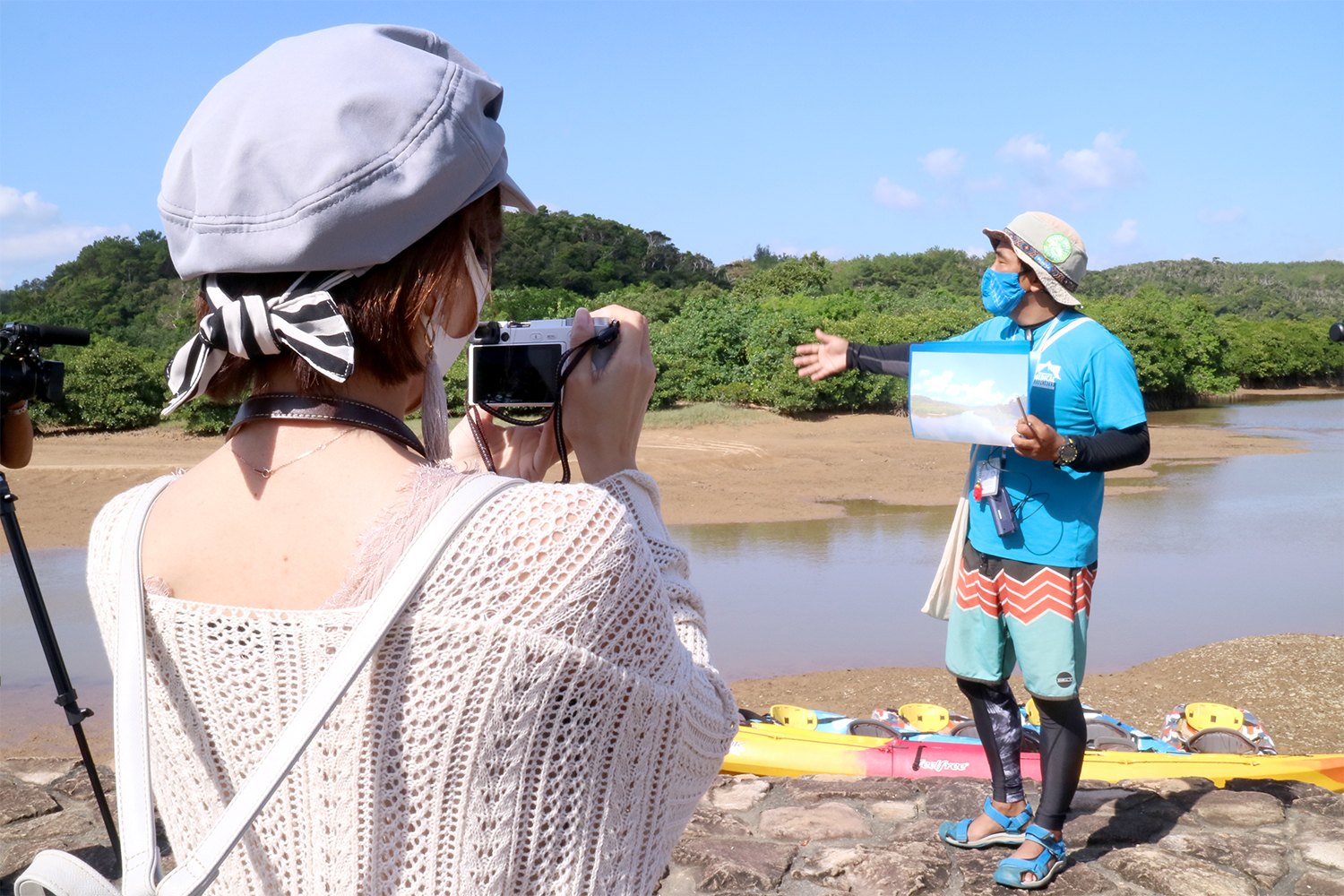
As you walk along the path with a local guide, observe the 3 types of mangrove trees (Bruguiera gymnorhiza, Kandelia obovata, and Rhizophora mucronata) and the creatures that live in the mangroves.
The guide will introduce facts about the mangroves in Higashi Village. For example, did you know that “mangrove” is not a type of tree? The word “mangrove” refers to all of the plants that inhabit mudflats, such as Rhizophoraceae.
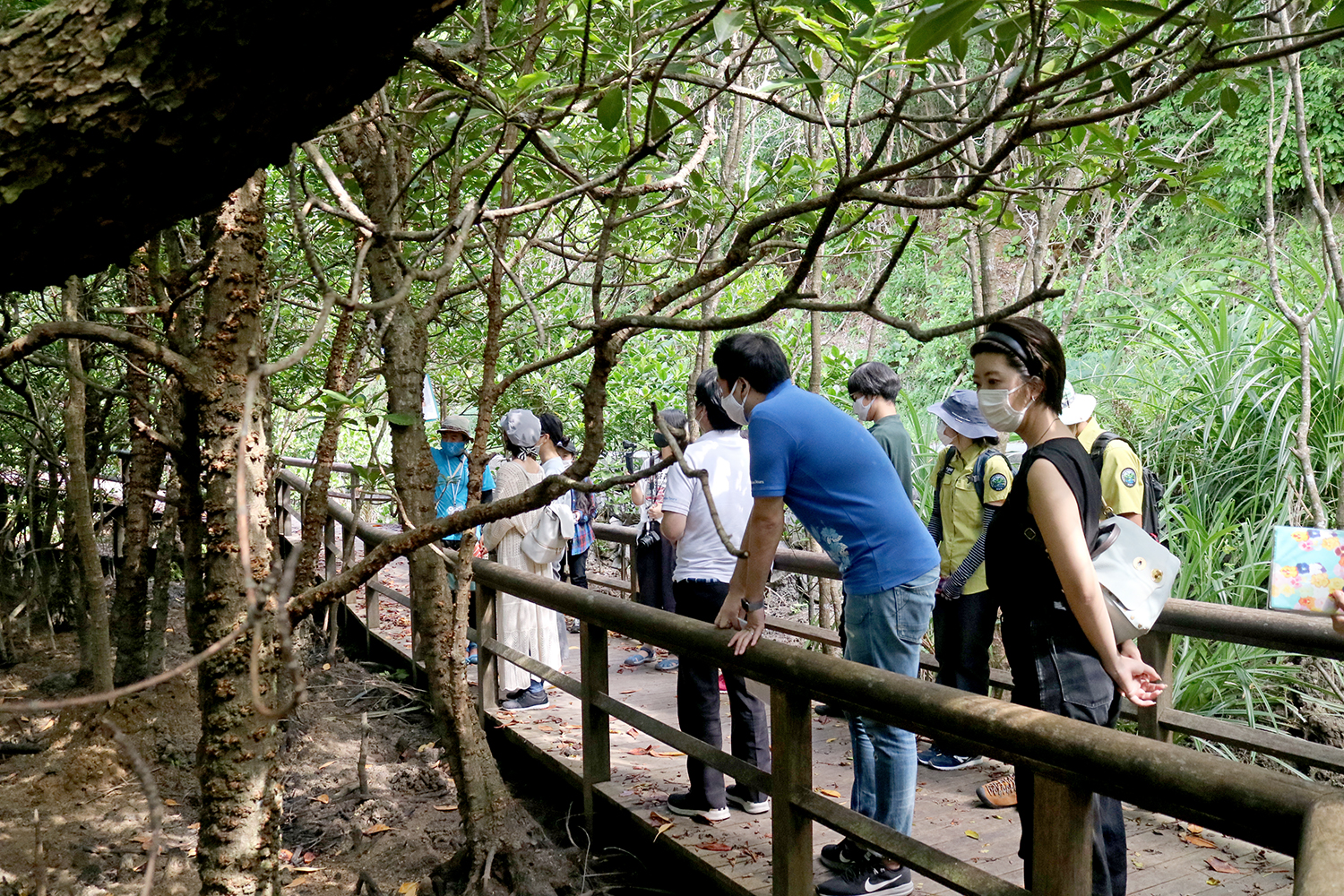
As aforementioned, you will be using the audio guide here.
The guide will be using a microphone and transmitter so if you put the earphone in one ear and set the receiver to the designated channel, you will be able to clearly hear the guide’s voice.
It is very useful especially if there are many participants on the tour and you are far away from the guide. Furthermore, it helps to prevents close-contact and crowding in one area, thereby serving as a COVID-19 prevention measure.
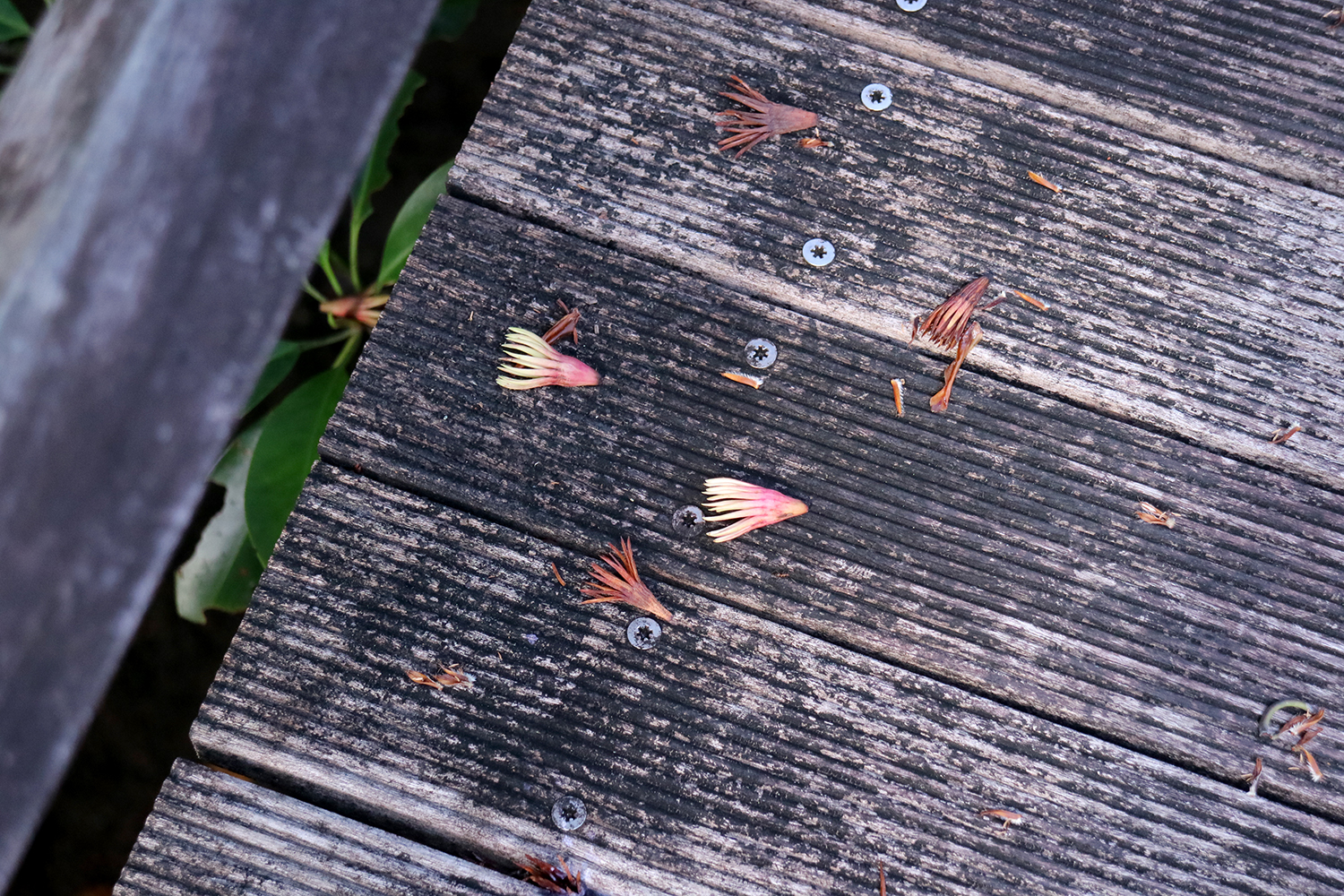
There are many unusual fallen seeds throughout the park.
For instance, these seeds look like octopus-shaped sausages that can be found in bento lunch boxes or perhaps tea whisks used for making traditional Japanese green tea.

On the day we visited, we were able to hear lots of birds and insects.
There is a promenade perfect for those who would like to experience walking through nature.
However, please be careful not to thoughtlessly touch, move, or take home any of the plants or animals in the Yambaru forests, as the nature of Yambaru is created by a delicate ecosystem.
Learn about nature in the dome-shaped theater and enjoy the beautiful view from the observatory area at Michi-no-Eki Ogimi Yambaru Forest Visitor Center Dome Theater
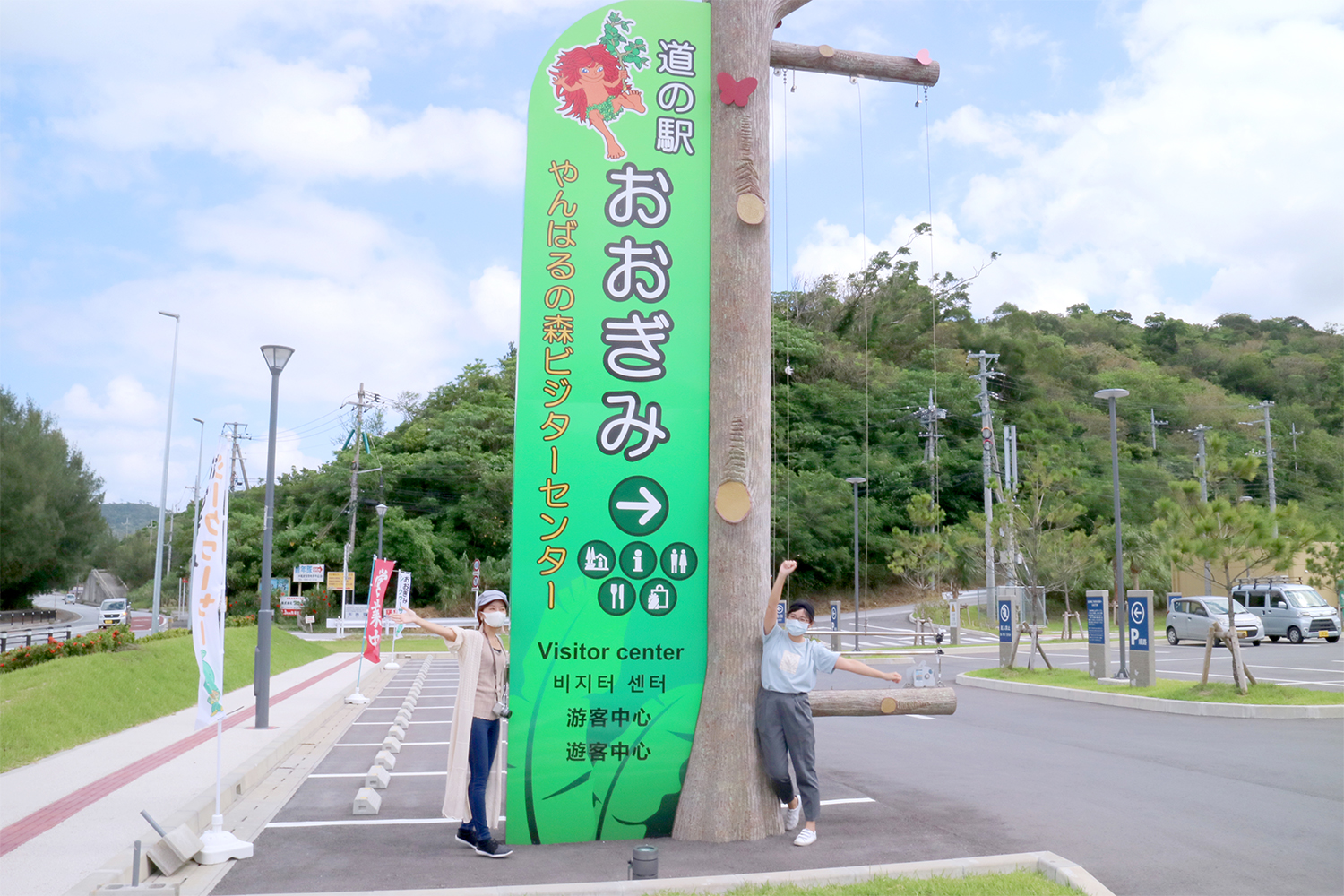
After learning about the mangroves in Higashi Village, you will visit Michi-no-eki Ogimi Yambaru Forest Visitor Center in Ogimi Village, which just opened in February 2020.
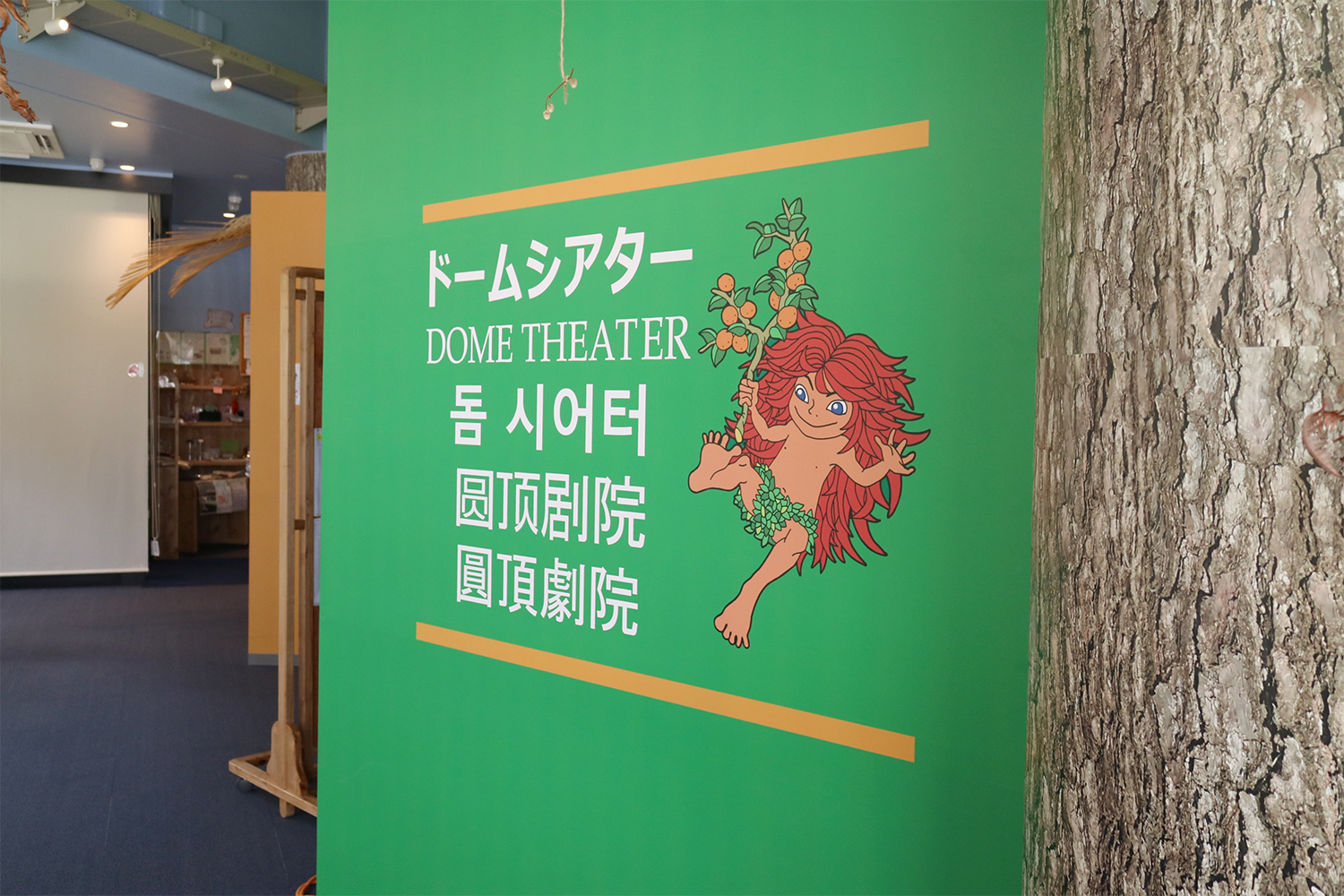
At the Yambaru Forest Visitor Center there is a dome theater where you can learn about Yambaru’s nature through videos. Up to 10 people can enter the dome theater at one time.
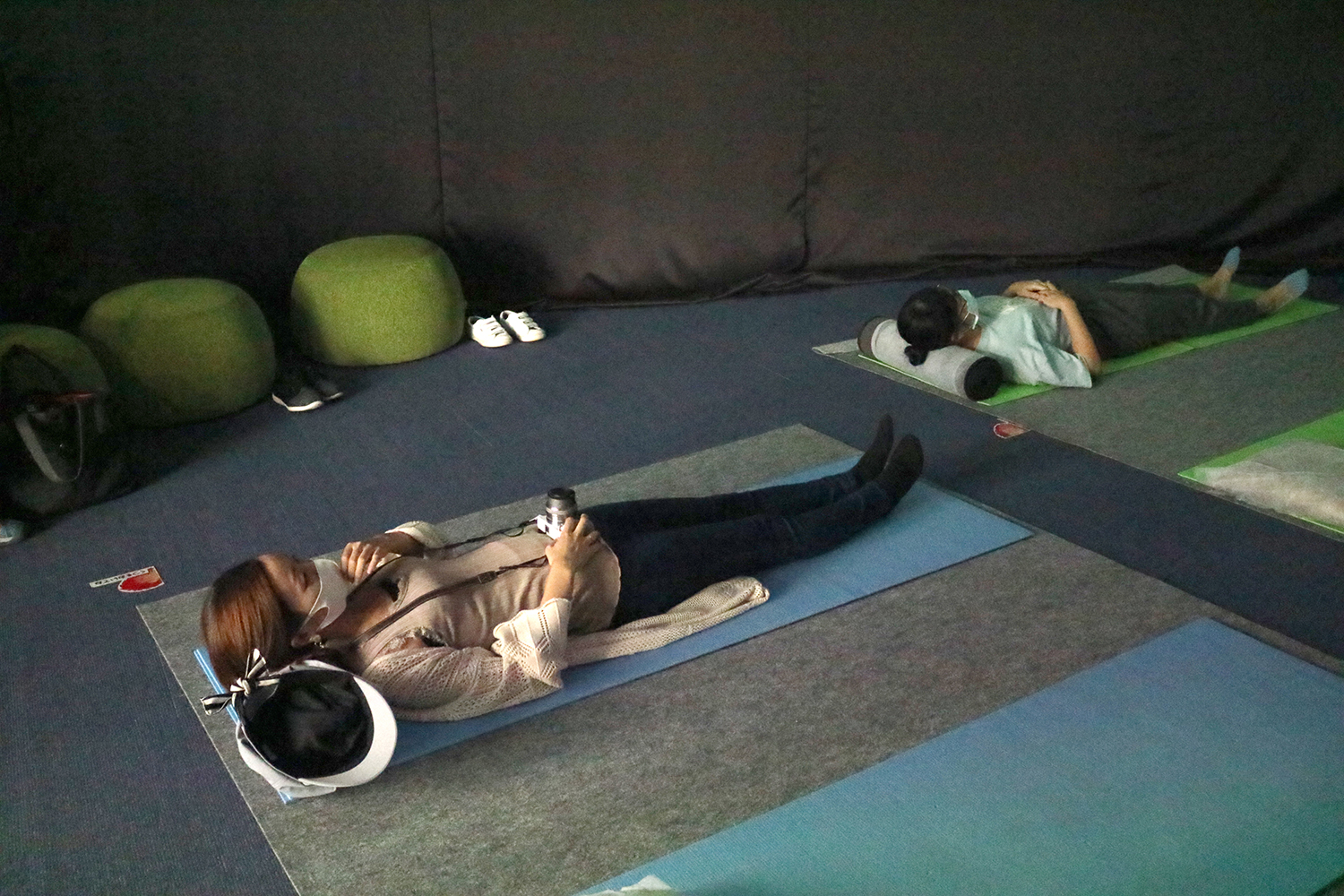
As pictured above, there are towels and yoga mats laid out on the floor of the dome theater where you can lie down and view videos projected onto the 360-degree dome-shaped screen on the ceiling.
The calming greenery is sure to relax you and may even make you a bit sleepy…

After learning about Yambaru at the dome theater, don’t forget to go up to the observation deck on the roof, where you can see the beautiful view in the photo above!
Lunch made with fresh fish from Kunigami Village at Kunigami Minato Shokudo!
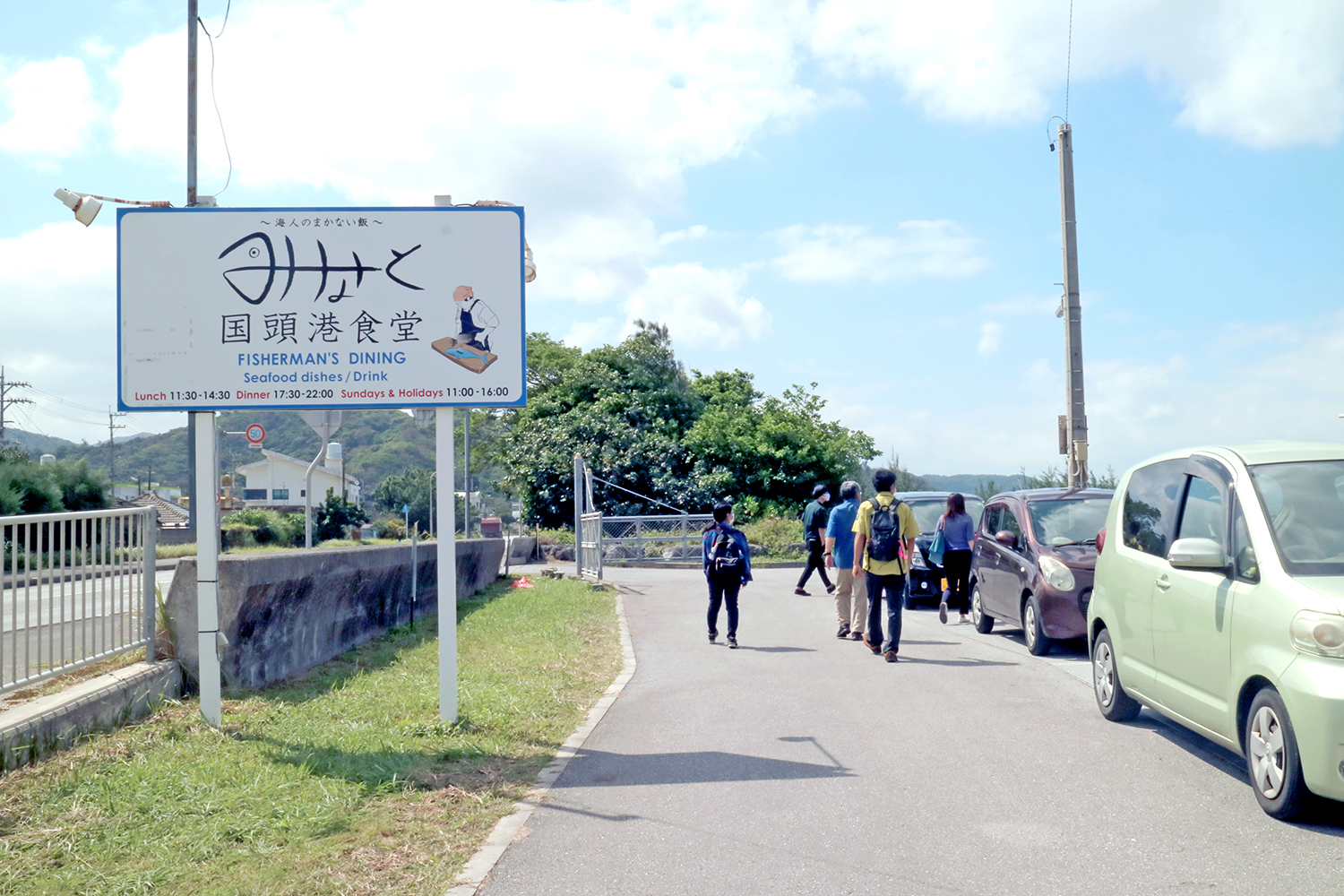
Next the bus will stop at Kunigami Minato Shokudo restaurant for lunch.
This restaurant is beloved by locals and tourists, making it a popular spot whose tables fill up right after opening.

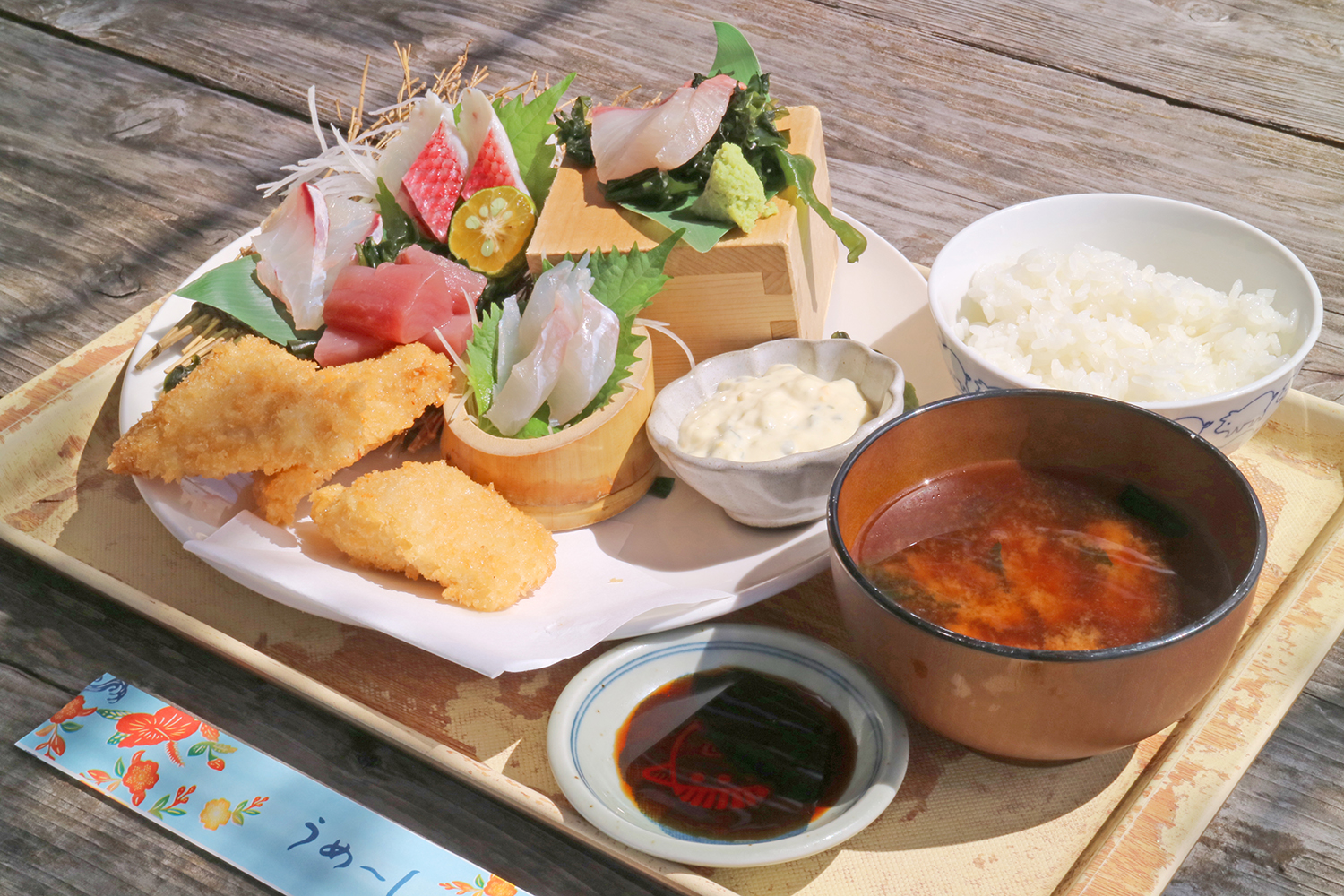
At this restaurant you can enjoy fresh fish caught at the adjacent Kunigami Village Fishing Port.
The meal pictured is a set meal consisting of 5 types of sashimi (raw fish) with fried local fish. Enjoy freshly caught sashimi, and flaky fried fish.
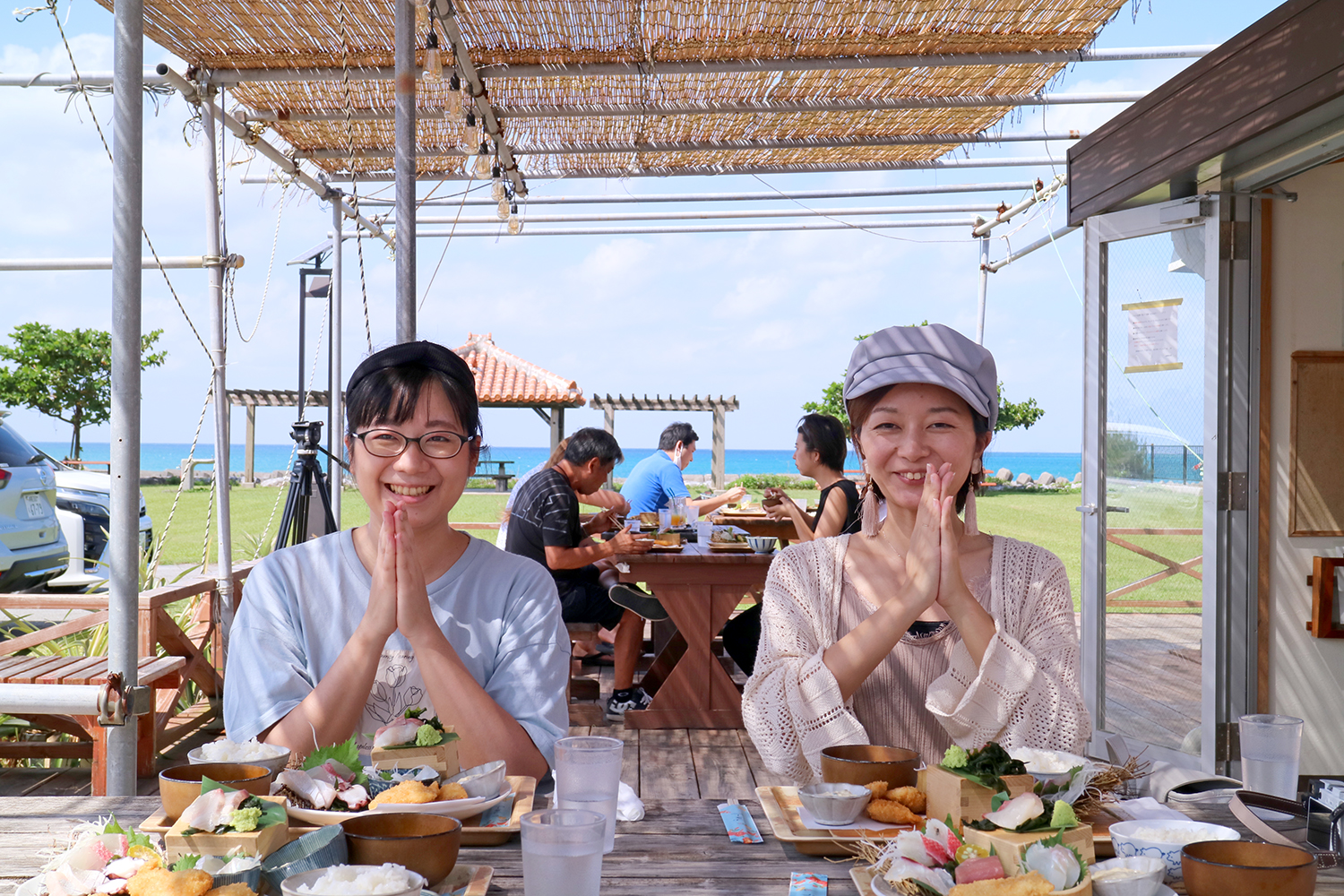
We recommend sitting outside on the terrace if the weather permits, as there is a fantastic ocean view.
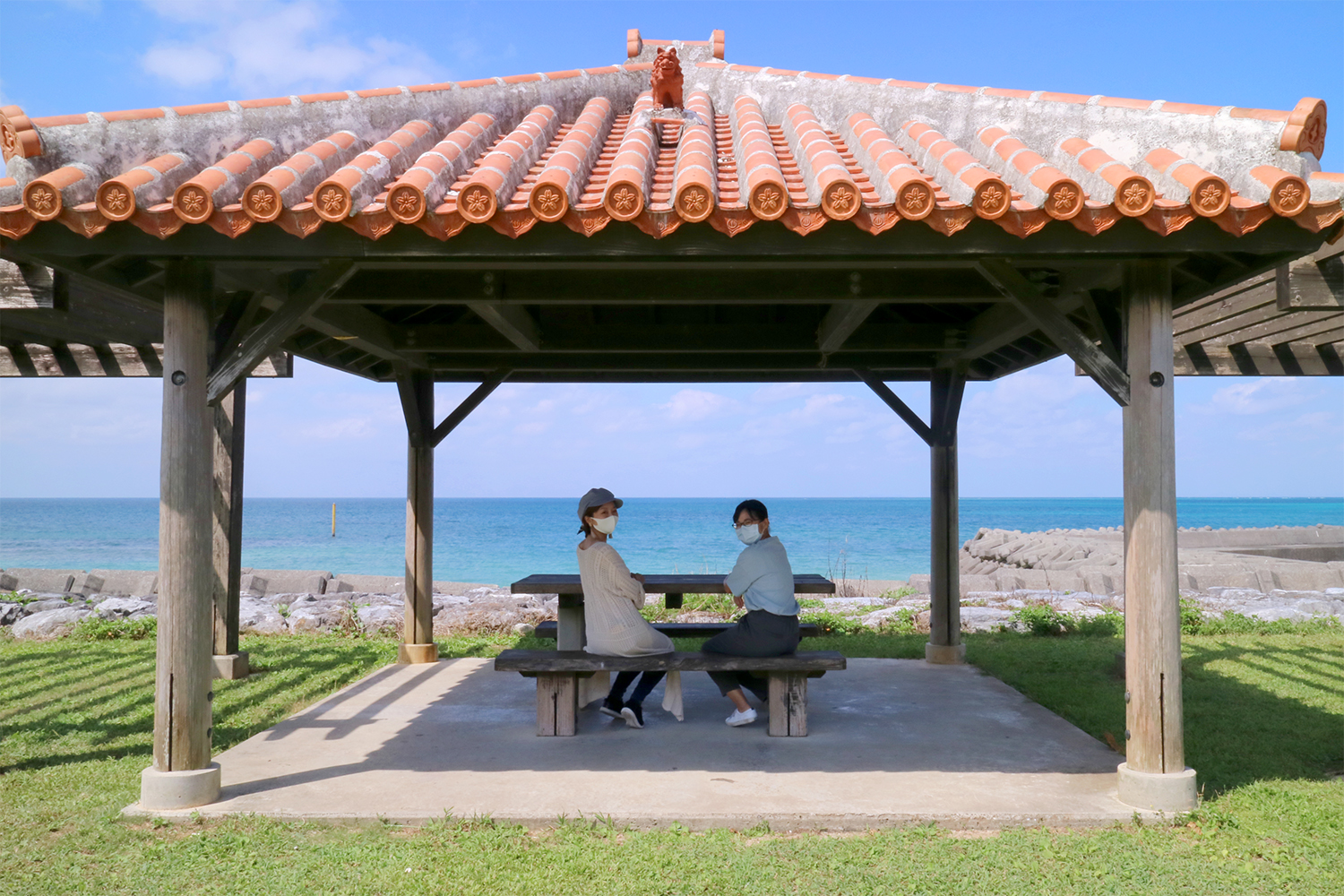
After you finish eating, we recommend resting at the pavilion with the red tiled roof
You may want to take an afternoon nap as you enjoy the view of the ocean and the refreshing sea breeze, but be sure to make it back to the bus on time.
Secret photo spot!
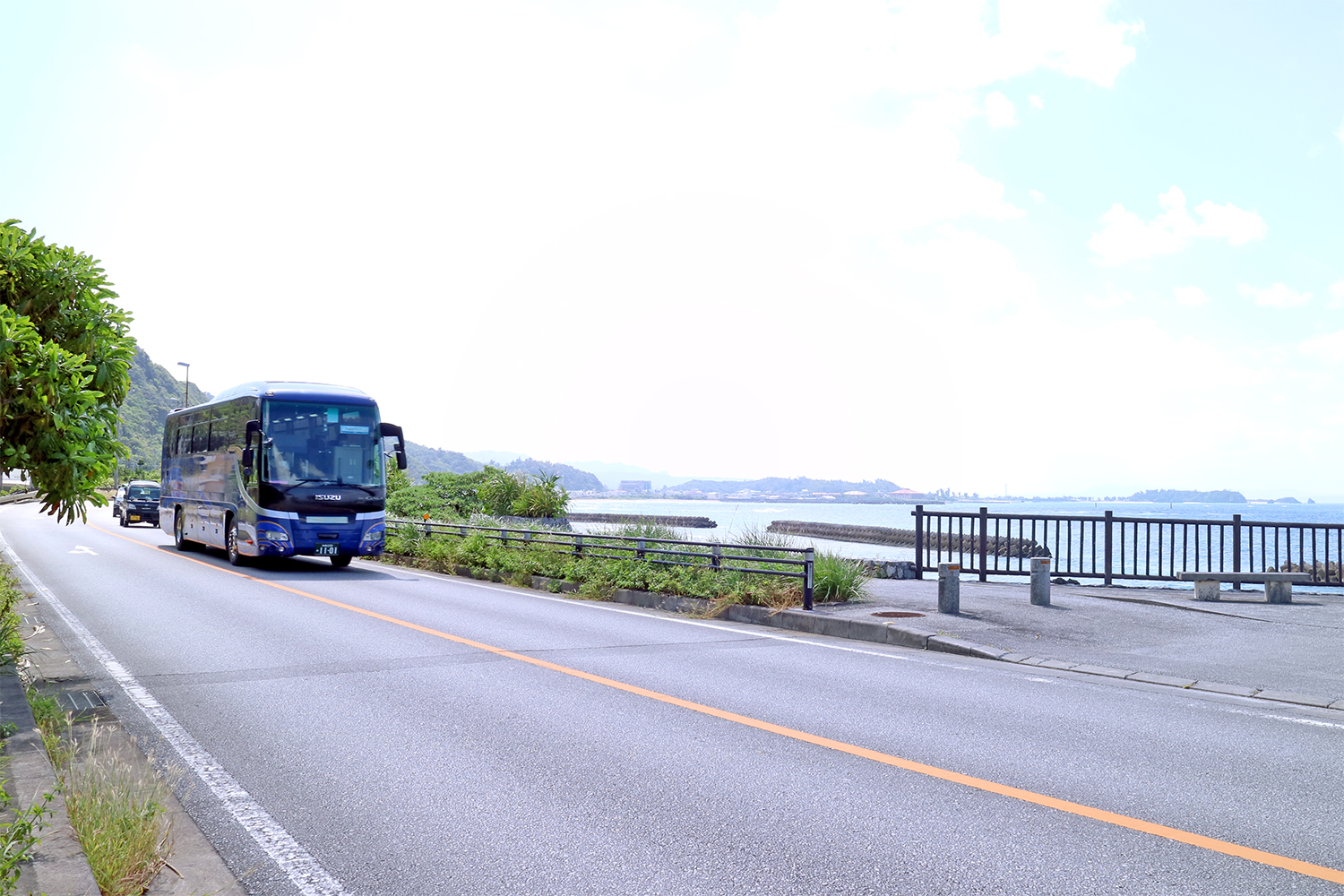
After satiating your appetite, we will head to a secret photo spot.
We won’t disclose the location of the spot in this article, but from this spot you will be able to see the sea, mountains, and something special, making it a great spot to take photos to commemorate the tour and your trip to Okinawa!
Explore Cape Hedo – the northernmost point of Okinawa Island

Next the bus will stop at the northernmost point of Okinawa Island – Cape Hedo.
Cape Hedo can be considered an essential sightseeing spot in Okinawa and the view of the cobalt blue sea from the precipitous cliffs created by protrusions of coral is a must-see. On clear days you can even see Yoron Island, the southernmost island in Kagoshima Prefecture, 22 km in the distance.
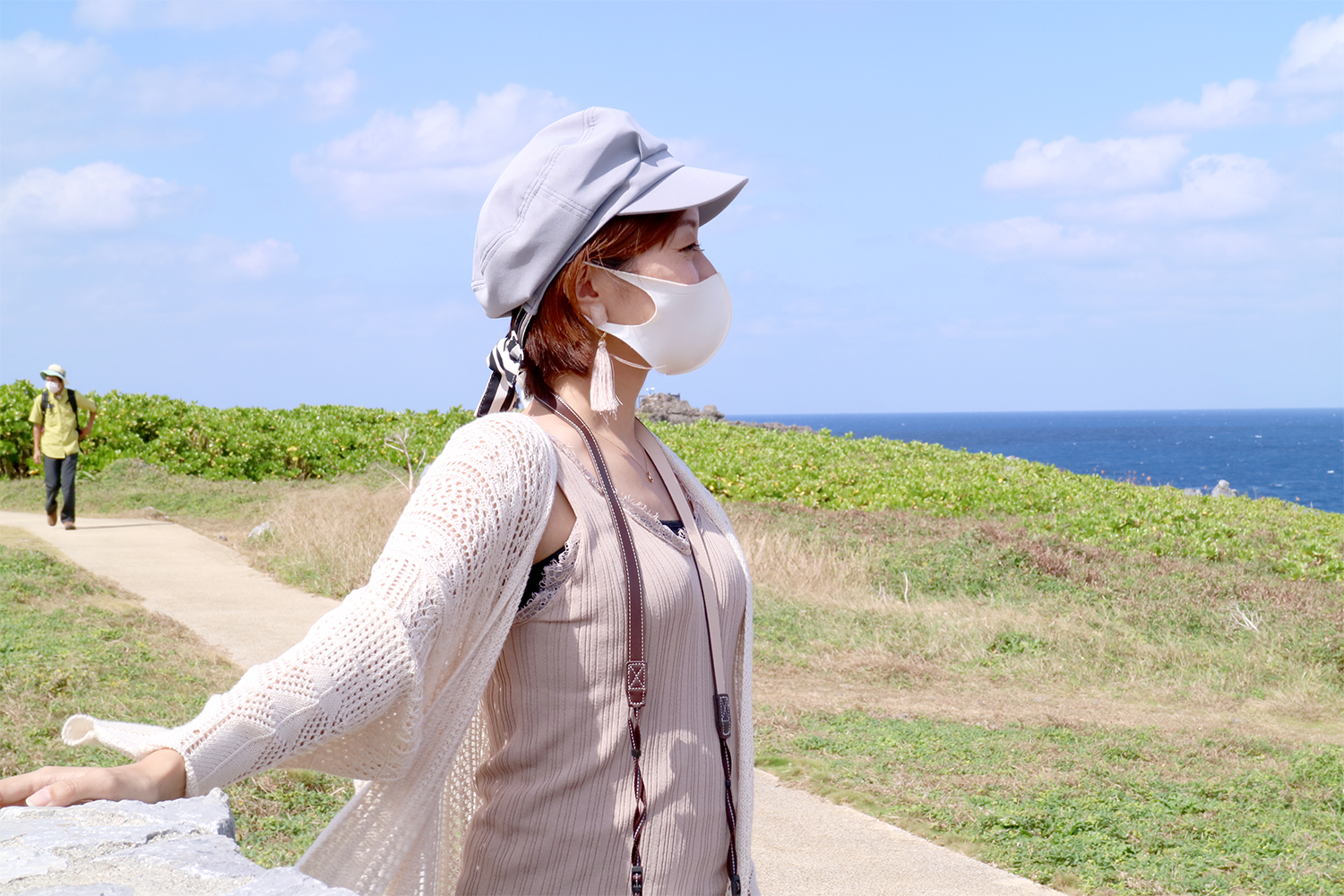
It can get tiring sitting in the bus for long periods of time, so enjoy some light stretching and fresh air.
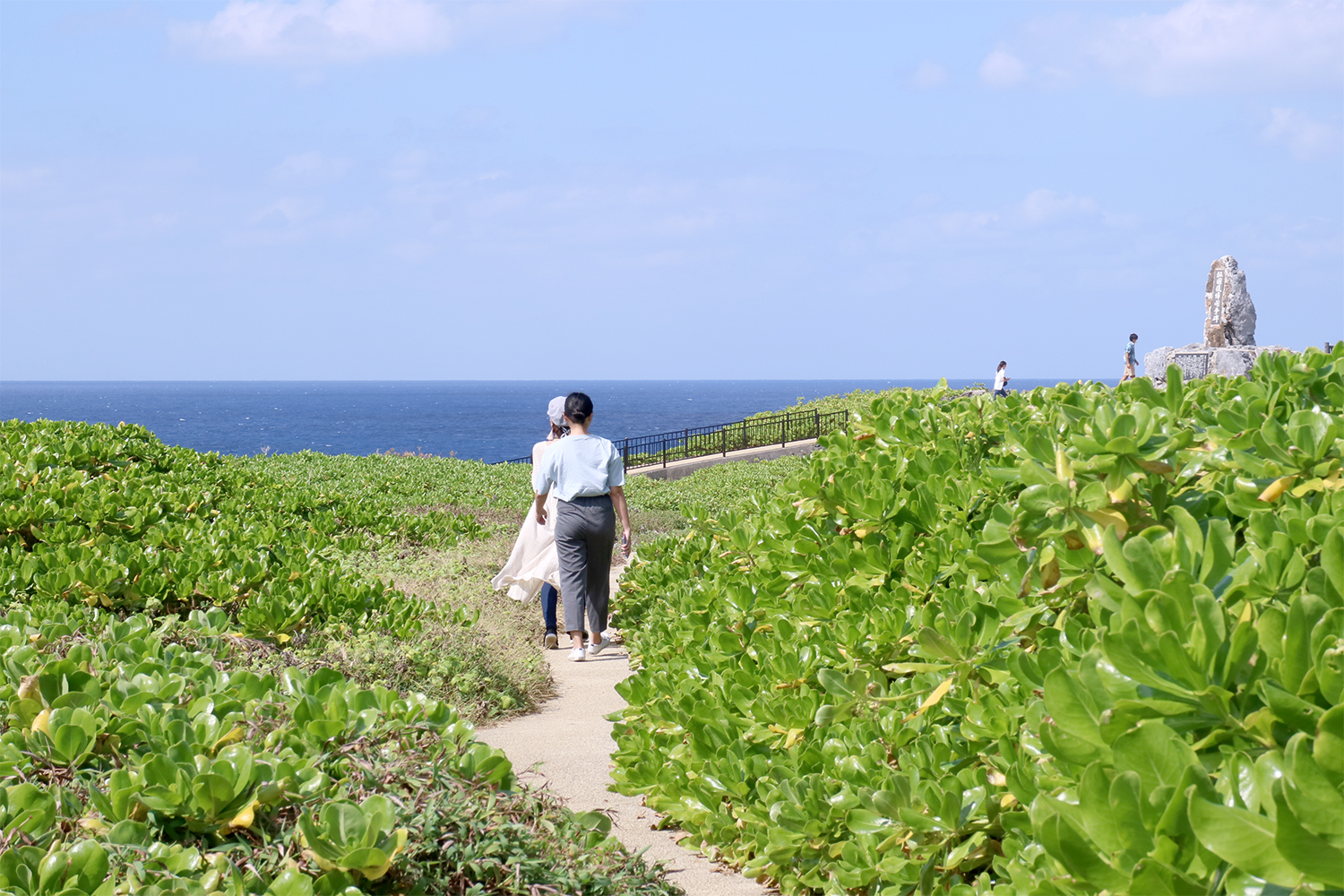
There are walking paths throughout the grounds, making it the perfect spot to get in some light exercise and walk off your lunch.
Feel invigorated after hiking at the power spot – Daisekirinzan!
Located near Cape Hedo in Kunigami Village is Daisekirinzan.
Known as Ashimui, the area has been considered an important sacred place by local people since long ago and in recent years it has been gaining popularity as a “power spot”.
After walking along the trail and passing all of the rare subtropical plants that can only be found in this region, and unusually shaped rocks and megaliths, there are lookout points from which there is a sweeping view of the ocean.
On this tour your will be walking along an hour-long course through Daisekirinzan.

Also known as a rock forest, see the rugged rocks and boulders protruding between the trees. There are many rock formations that resemble other things throughout the course and there are plaques explaining each one.
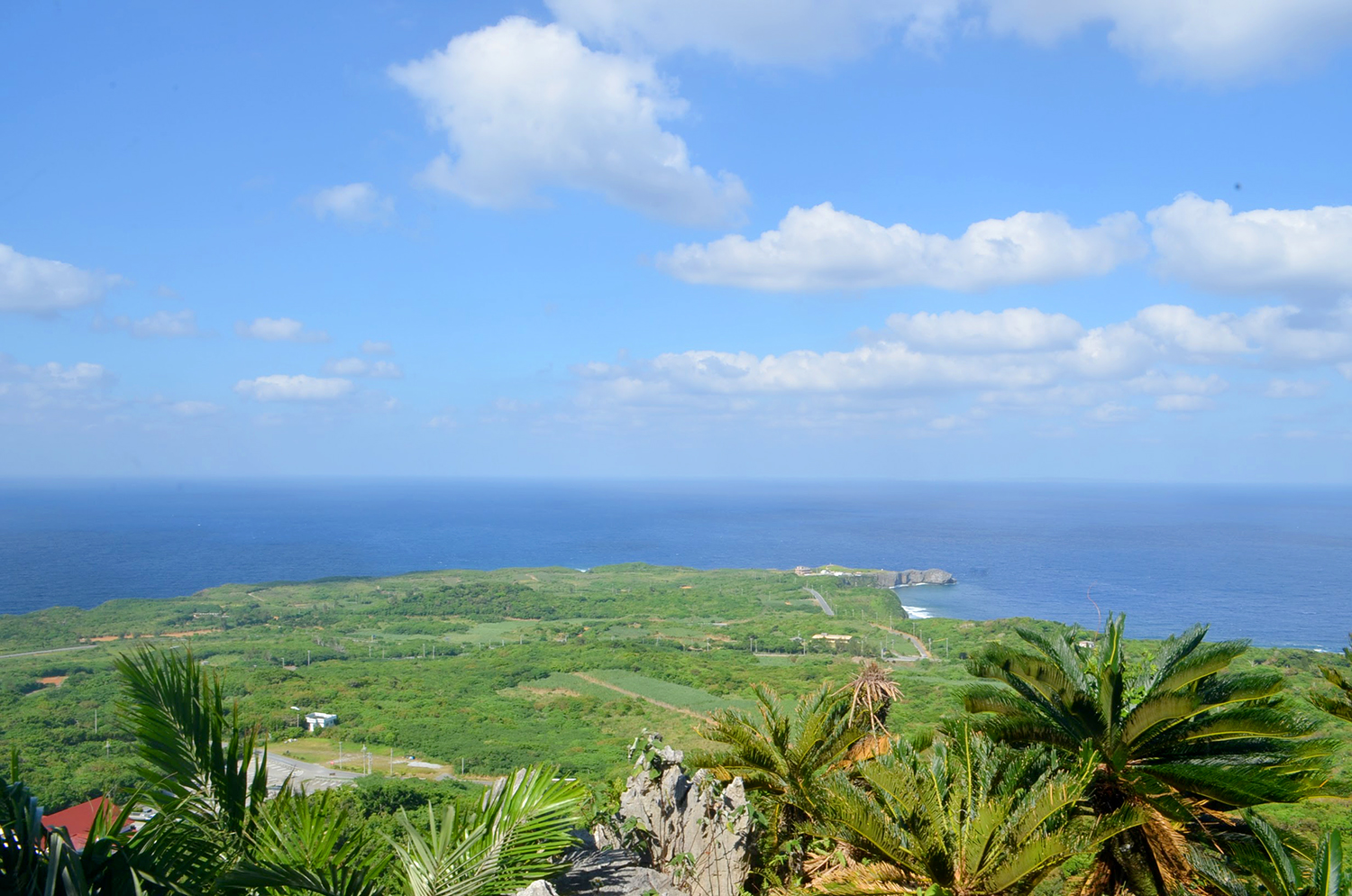
The mountain is relatively steep and takes a few dozen minutes to get to the top as you observe the various plants and rocks along the way. After you finally get to the top, the splendid view from the lookout points will give you a sense of exhilaration and accomplishment like no other.
As the area has been revered as a sacred site since long ago, even visitors can feel the sacred aura.
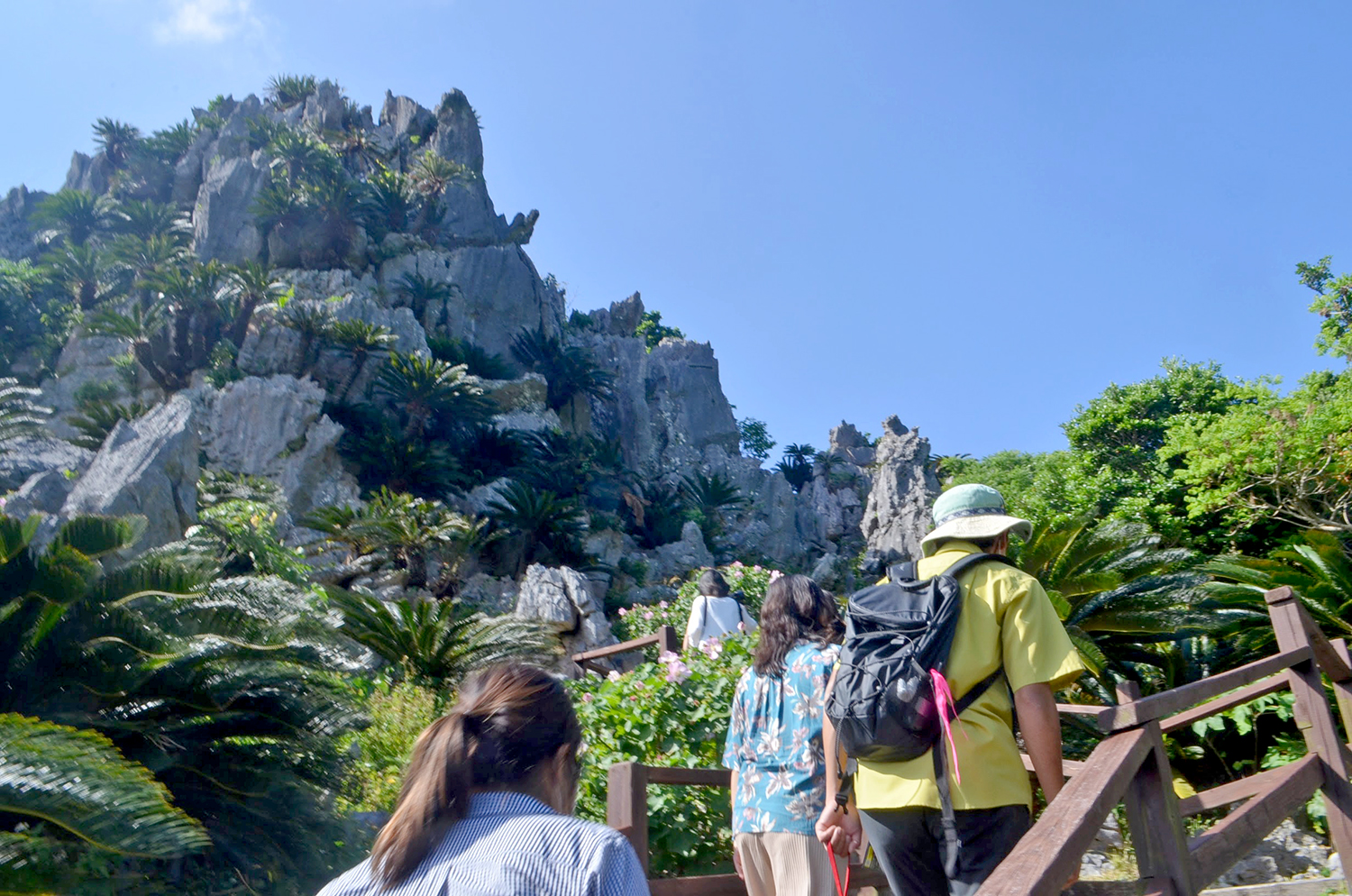
The hiking course can be changed to meet the fitness levels and health conditions of guests and those who are not up for hiking can wait at the rest area or take a shorter course.
See a cute rare bird – the Okinawa Rail – at the Okinawa Rail Ecology Center

After hiking and working up some sweat, encounter a real life Okinawa Rail – a rare protected species that can only be found in the Yambaru area.
At the Okinawa Rail Ecology Center you can get an up-close view of one of the lively Okinawa Rails that lives there, named Kootah.

Kootah is accustomed to people and will approach you if you are taking his photo through the glass. As he stands in front of the camera it seems as though he is observing the visitors, as well.
He may pose with his neck tilted to one side or strut slowly in front of the glass, putting on a lively show for visitors.

There are exhibits on the ecology of the Okinawa Rail as well as protection efforts that were created for children, so they are very easy to understand.
Furthermore, as the staff at the facility see Kuta on a daily basis, if you ask them questions about him, they will give you very detailed and insightful answers.
When we inquired about what Okinawa Rails feel like, we were informed that they are light and fluffy. (Do note that as they are a protected species, you are prohibited from touching them even if you see one in the wild.)
Shop for souvenirs at Yui Yui Kunigami
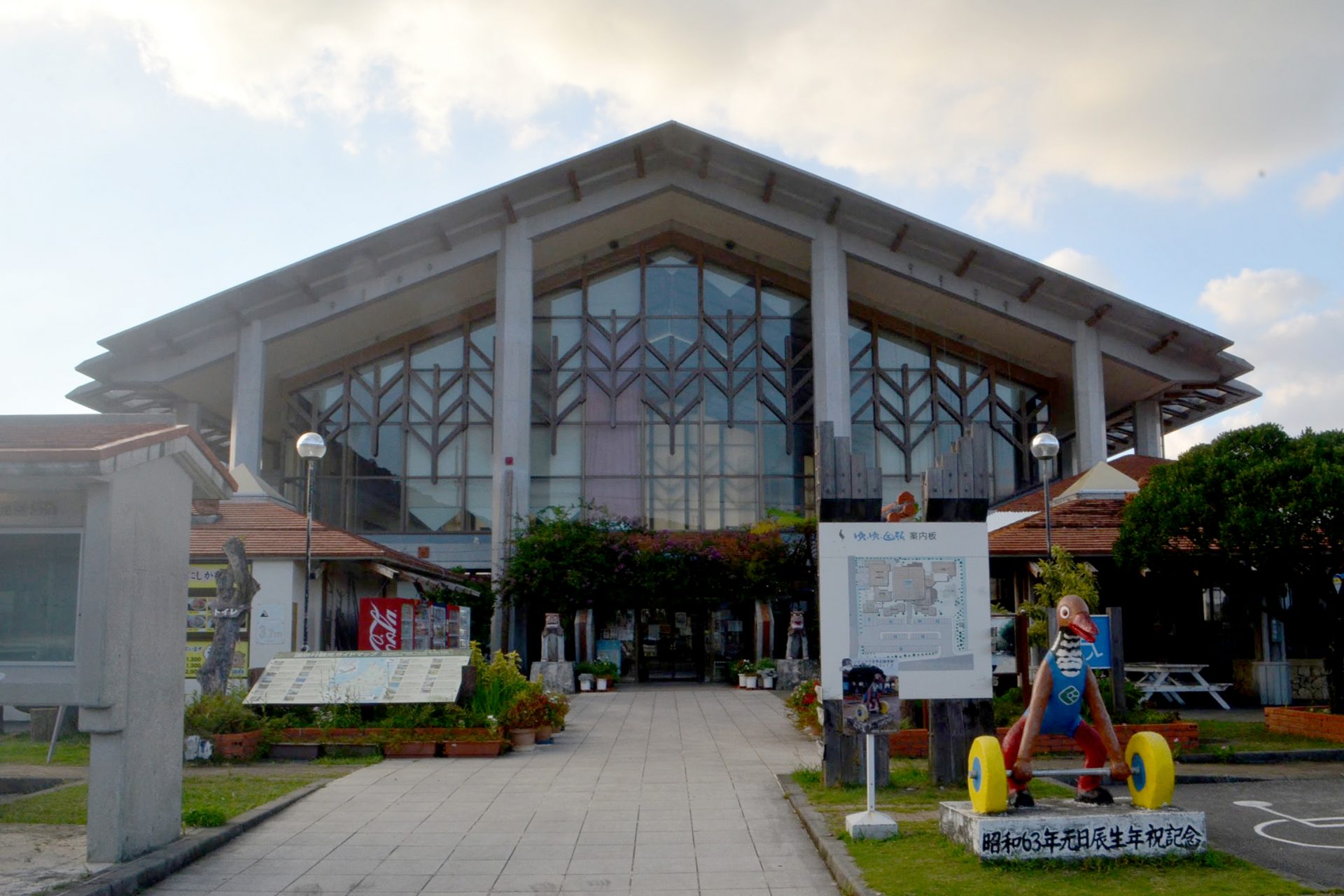
Finally, the last stop on the tour is Yui Yui Kunigami, which is the northernmost roadside station on Okinawa Island. There are shops where you can purchase local specialty products, restaurants and cafes, exhibits on life in Yambaru, and a visitor information center.
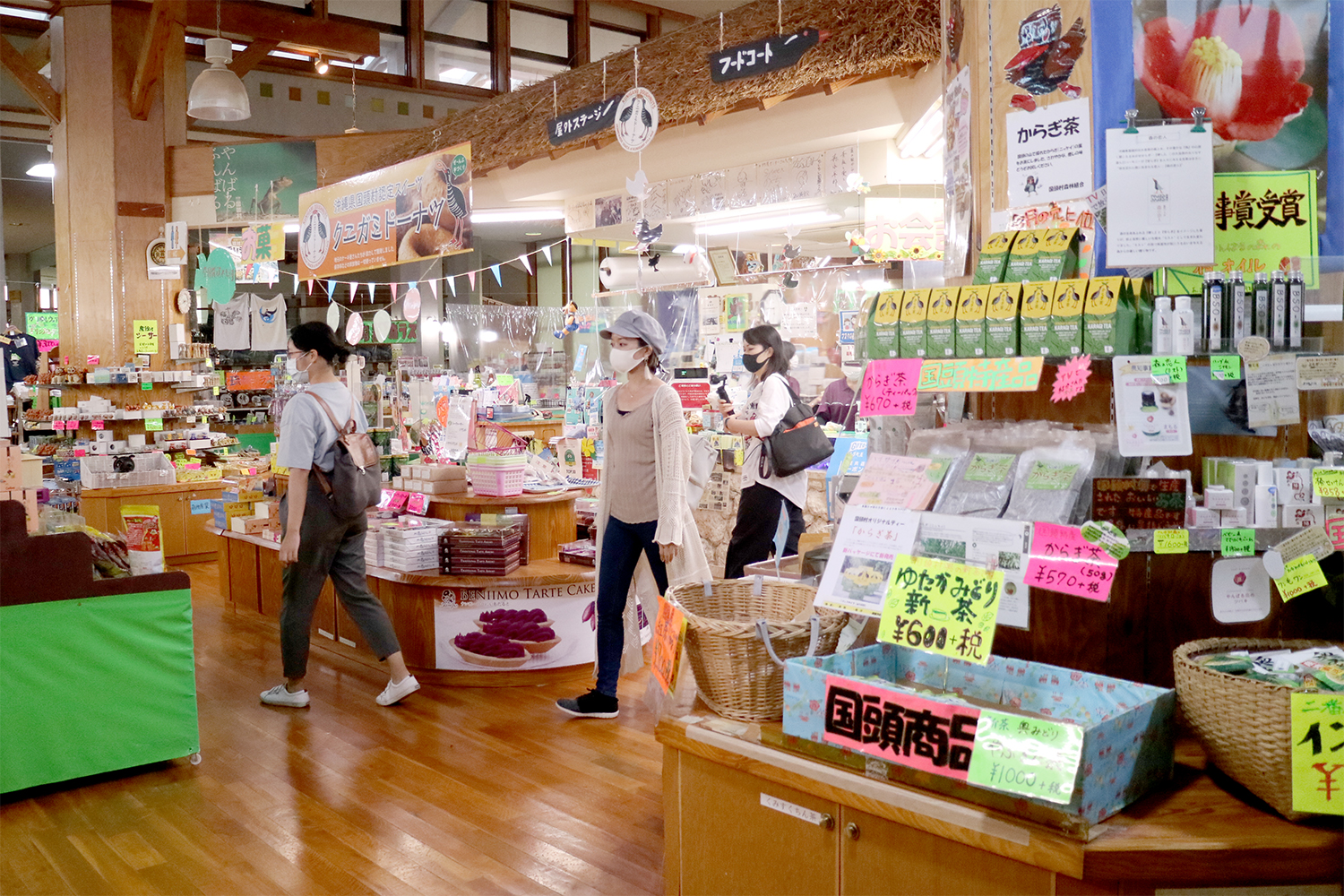
In the shop you can purchase souvenirs and products made in Kunigami Village, that aren’t sold in the airport.
You can have fun just browsing through the great variety of products that were produced in the forests of Yambaru.


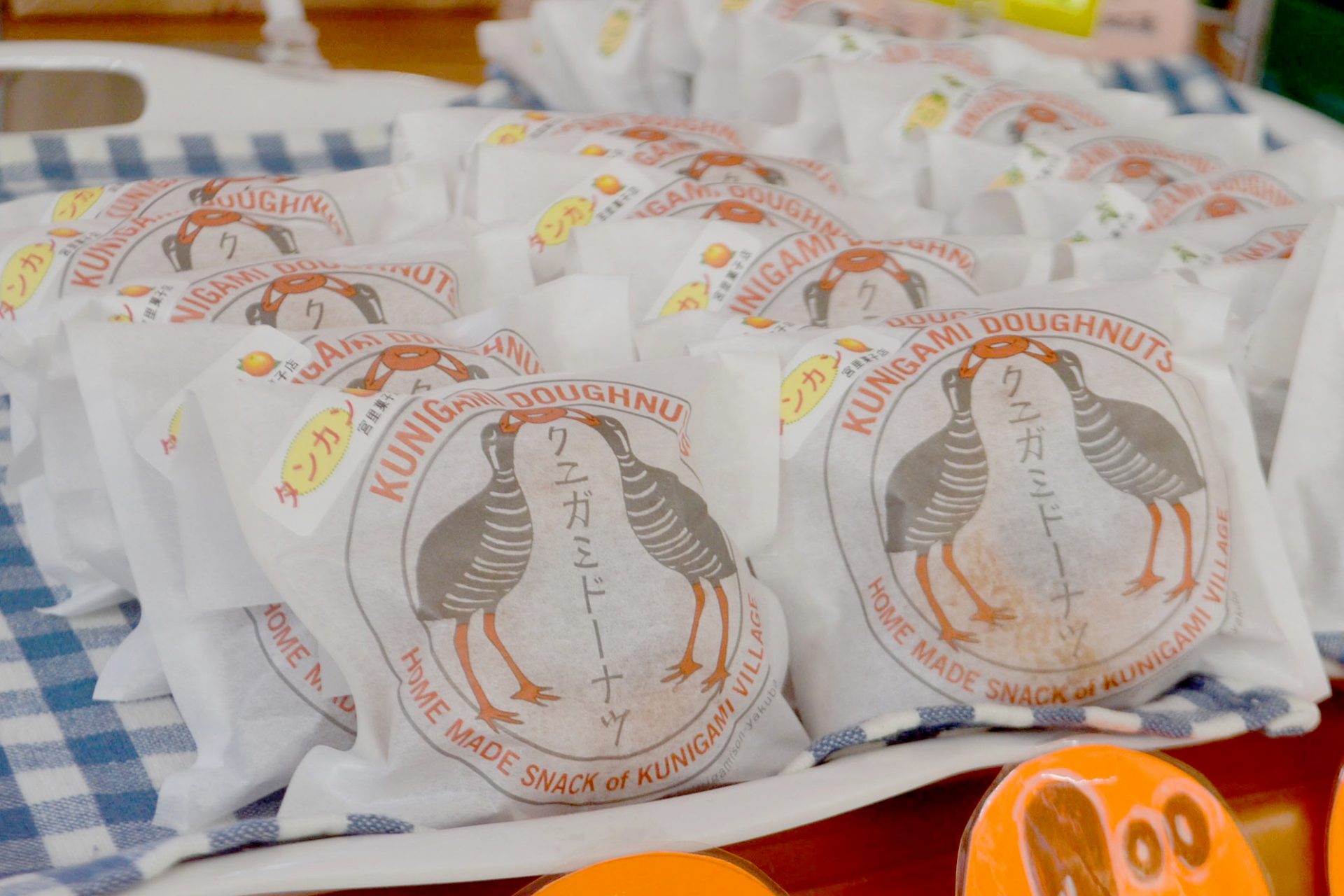
There are many products that you will want to buy for yourself or for someone special.
The proceeds of some products is donated towards efforts for protection of the nature of Kunigami.
After being soothed by nature, you may want to buy something for yourself as an act of appreciation and in hopes that the scenery of the area is preserved forever.

After enjoying some shopping at Yui Yui Kunigami, the bus will head back to the Okinawa Expressway for the return trip to Naha.
One of the good things about going on a bus tour is that after a long day of sightseeing, you can sleep on the way back and arrive back in Naha before you know it.
The tour will end after arrival back in Naha.
3 recommendations for the Yambaru 3 Village Bus Tour
①Enjoy the view from the bus window

The scenery of the Yambaru area that can be seen from the bus window is absolutely beautiful!
Clear blue sea, dark green forests, and the peaceful lives of the local people. You can encounter nostalgic scenery that you may not typically be able to see in your every day life.
Although car rides are enjoyable, as bus tours include a bus driver, everyone in your group can enjoy the scenery through the windows.
②Learn more from the local guides

The guides at each facility will give easy-to-understand explanations while throwing in a joke here and there.
Why has the nature in this area been preserved? What can we do to protect this environment? We were able to learn a lot from the Yambaru-loving guides. The things you learn from the guides are also souvenirs of the tour.
③Get a taste of Yambaru while on the road

On this tour snacks and drinks will be distributed in the bus. The snacks and drinks were carefully selected by our local staff in Okinawa and are all delicious treats from the Yambaru area.
Top left: Mineral water from Higashi Village
Top right: Shikuwasa jello from Ogimi Village
Bottom left: Ebisu manju steamed sweets from Nago City
Bottom right: Oku midori green tea cheese tart from Kunigami Village
The 100% additive-free Shikuwasa (citrus fruit) jello is handmade by the Ogimi Village’s Farming & Fishing Village Life Research Society. It is refreshing with a slight sweetness, the flavor of the shikuwasa, and acidity.
The cheese tart incorporates Oku Midori Tea, which is the earliest harvested tea in Japan. The combination of the rich cheese and the green tea flavor is impeccable!
Enjoy the scenery as you partake in the specialty products of each area.

Even via the Okinawa Expressway, it takes about 2 hours one way from Naha to the Yambaru area.
Even those who live in the southern and central areas of Okinawa don’t often venture to this area due to the distance, so there is a lot to discover and learn about the area even for locals.

In the documents distributed at the start of the tour, one of the rules/manners to adhere to when visiting the 3 Yambaru villages, is to visit the area with the feeling as though you are intruding on them.
The local people have valued and protected the plants and animals, customs and culture of this area since long ago. These things are the treasures of the Yambaru area.
You are able to enjoy the scenery because of the people who protected the treasures of this area, so try to enter the area with reverence and care.

